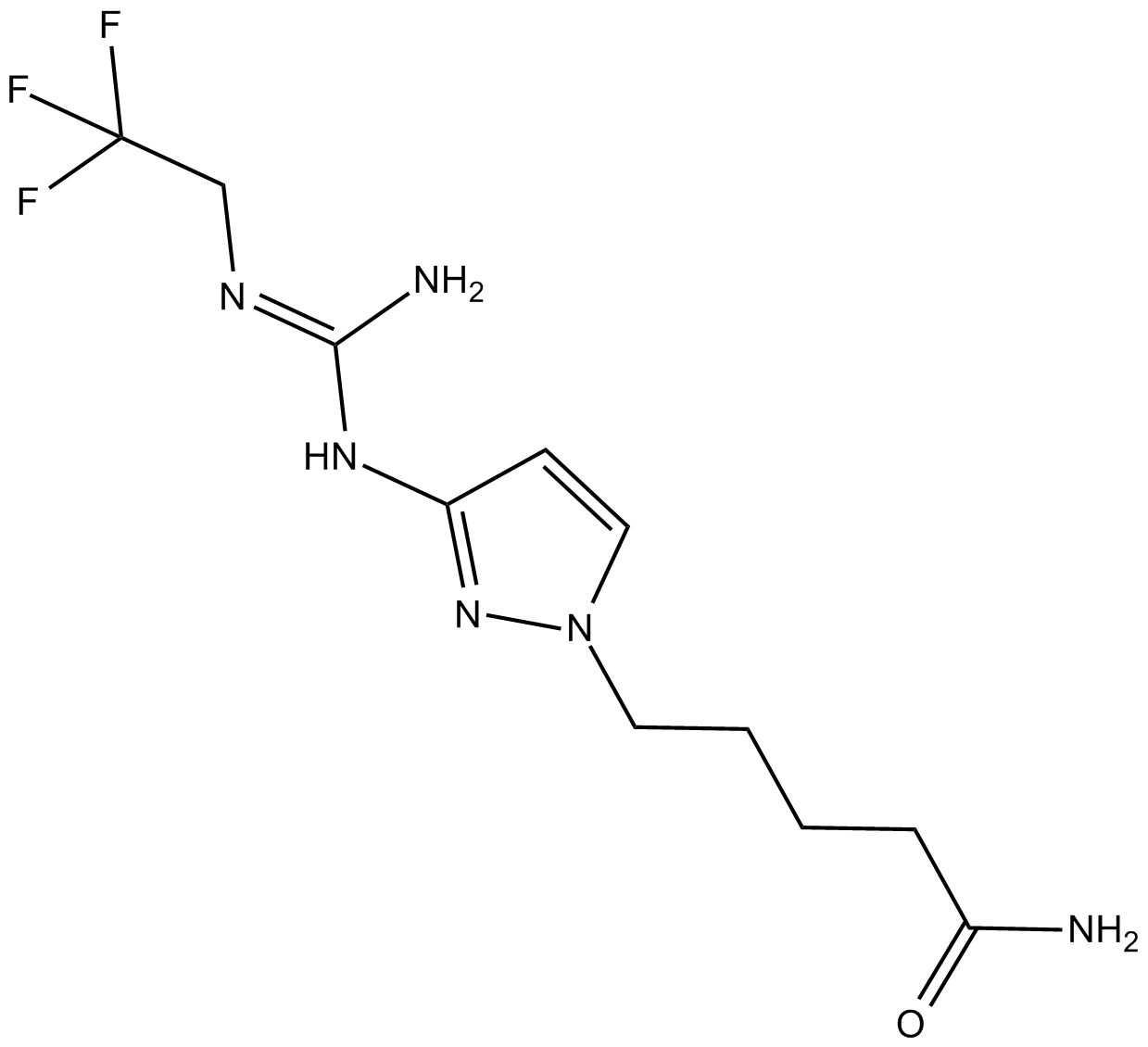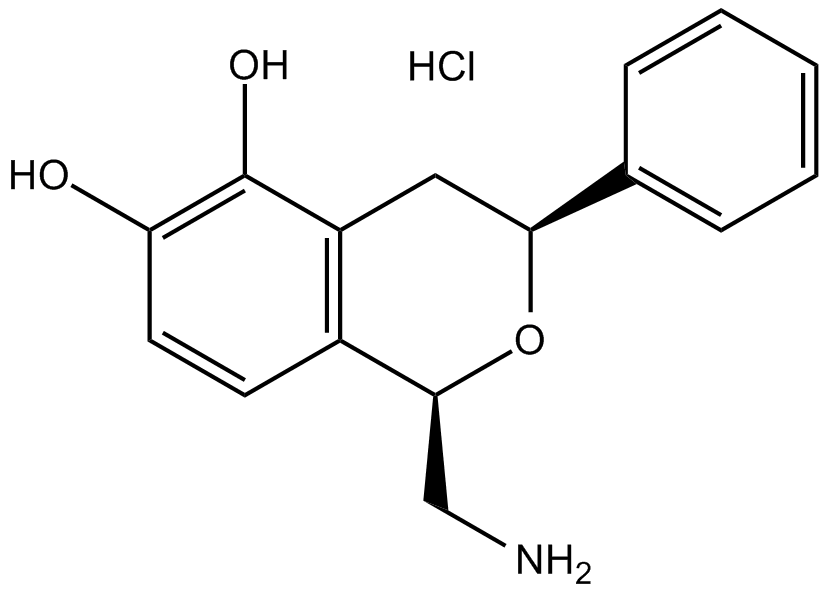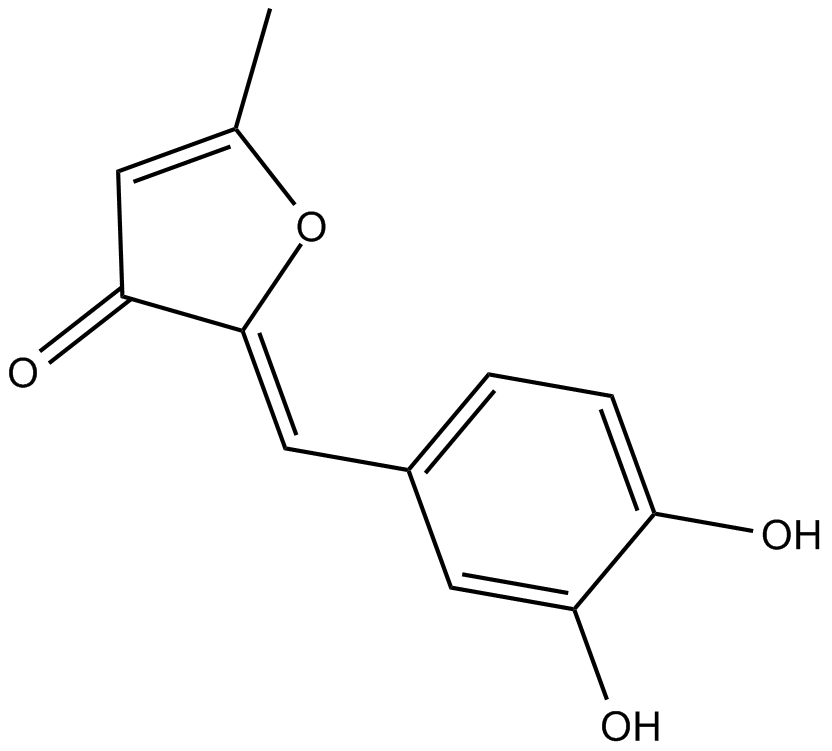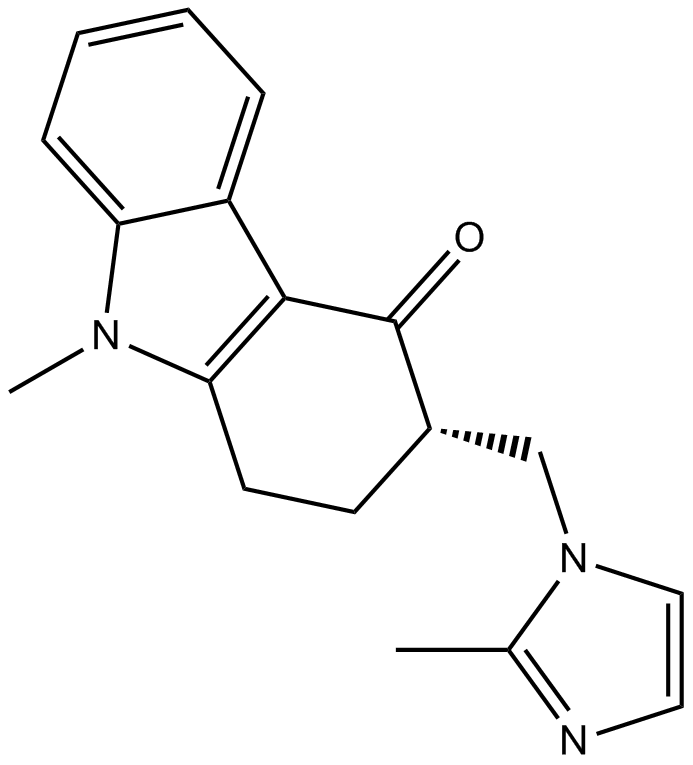Neuroscience

Neurotransmitter receptors function via various G-protein coupled and G-protein independent mechanisms that activate downstream intracellular signaling pathways such as cAMP/PKA, PI3K/AKT, phospholipase A2, and phospholipase C pathways. For instance, dopamine receptors act through adenylate cyclase to activate PKA and other signaling molecules, thereby mediate gene expression through the actions of CREB and other transcription factors. Other neurotransmitters such as NMDAR or AMPAR are associated with ion channels that control flux of Ca2+ and Na+, thus propagating the action potential across the post-synaptic neuron.
Dysfunctions in GABAergic/glutamatergic/serotonergic/dopaminergic pathways result in a broad range of neurological disorders such as chronic pain, neurodegenerative diseases, and insomnia, as well as mental disorders including schizophrenia, bipolar disorder, depression, and addiction.
-
 B2242 Urapidil HClSummary: α1-adrenoceptor antagonist and 5-HT1A receptor agonist
B2242 Urapidil HClSummary: α1-adrenoceptor antagonist and 5-HT1A receptor agonist -
 B6465 ICI 162,846Summary: histamine H2 receptor antagonist
B6465 ICI 162,846Summary: histamine H2 receptor antagonist -
 B6634 (2R,4R)-APDCSummary: group II metabotropic glutamate receptor agonist
B6634 (2R,4R)-APDCSummary: group II metabotropic glutamate receptor agonist -
 B6779 A 68930 hydrochlorideSummary: Agonist of D1-like dopamine receptor,potent and selective
B6779 A 68930 hydrochlorideSummary: Agonist of D1-like dopamine receptor,potent and selective -
 C3726 InotiloneSummary: cyclooxygenase (COX) inhibitor
C3726 InotiloneSummary: cyclooxygenase (COX) inhibitor -
 B2241 OndansetronTarget: 5-HT3 ReceptorsSummary: serotonin 5-HT3 receptor antagonist
B2241 OndansetronTarget: 5-HT3 ReceptorsSummary: serotonin 5-HT3 receptor antagonist -
 B6775 Quinelorane hydrochlorideSummary: Dopamine D2 and D3 receptor agonist
B6775 Quinelorane hydrochlorideSummary: Dopamine D2 and D3 receptor agonist -
 B6449 Iodophenpropit dihydrobromideSummary: H3 antagonist
B6449 Iodophenpropit dihydrobromideSummary: H3 antagonist -
 B6584 (RS)-APICASummary: group II metabotropic glutamate receptor antagonist
B6584 (RS)-APICASummary: group II metabotropic glutamate receptor antagonist -
 C3685 9,12-Octadecadiynoic AcidSummary: COX and lipoxygenase inhibitor
C3685 9,12-Octadecadiynoic AcidSummary: COX and lipoxygenase inhibitor

